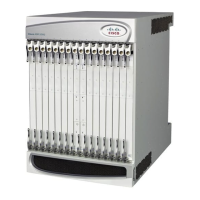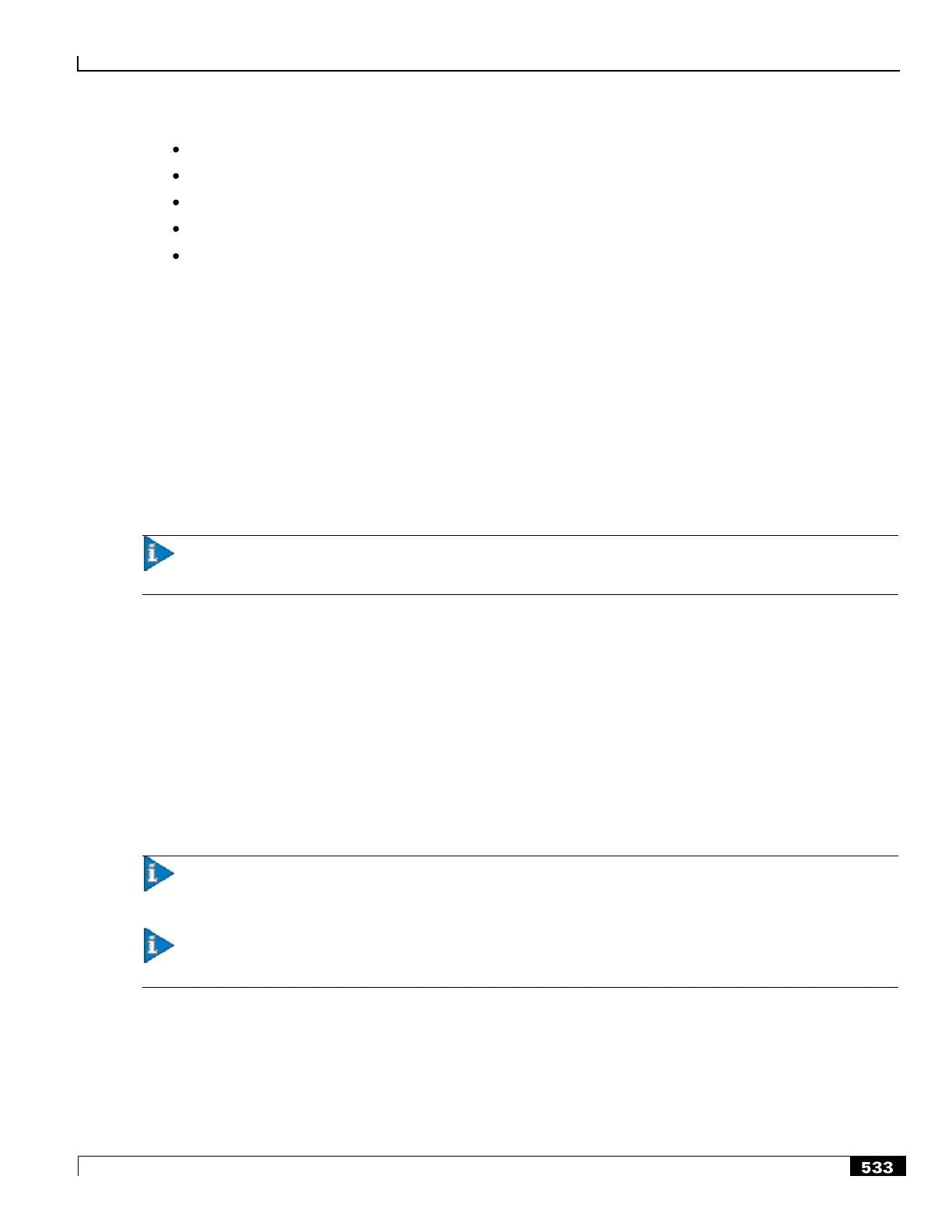Features and Functionality - Base Software ▀
Cisco ASR 5000 Series Product Overview ▄
WAP: WTP and WSP
Real-Time Streaming: RTP and RTSP
MMS
SIP and SDP
File analysis: examination of downloaded file characteristics (e.g. file size, chunks transferred, etc.) from file
transfer protocols such as HTTP and FTP.
Traffic analyzers in enhanced charging subsystem are based on configured rules. Rules used for Traffic analysis analyze
packet flows and form usage records. Usage records are created per content type and forwarded to a pre-paid server or
to a mediation/billing system. A traffic analyzer performs shallow (Layer 3 and Layer 4) and deep (above Layer 4)
packet inspection of the IP packet flows.
The Traffic Analyzer function is able to do a shallow (layer 3 and layer 4) and deep (above layer 4) packet inspection of
IP Packet Flows.
It is able to correlate all layer 3 packets (and bytes) with higher layer trigger criteria (e.g. URL detected in a HTTP
header) and it is also perform stateful packet inspection to complex protocols like FTP, RTSP, SIP that dynamically
open ports for the data path and by this way, user plane payload is differentiated into ―categories‖.
The Traffic Analyzer works on the application level as well and performs event based charging without the interference
of the service platforms.
Important: This functionality is available for use with the Enhanced Charging Service which requires a session-
use license. For more information on ECS, refer to the Enhanced Charging Service Administration Guide.
Content Service Steering
Content Service Steering (CSS) directs selective subscriber traffic into the ECS subsystem (In-line services internal to
the system) based on the content of the data presented by mobile subscribers.
CSS uses Access Control Lists (ACLs) to redirect selective subscriber traffic flows. ACLs control the flow of packets
into and out of the system. ACLs consist of ―rules‖ (ACL rules) or filters that control the action taken on packets
matching the filter criteria.
ACLs are configurable on a per-context basis and applies to a subscriber through either a subscriber profile or an APN
profile in the destination context.
Important: For more information on CSS, refer to the Content Service Steering chapter of the System Enhanced
Feature Configuration Guide.
Important: For more information on ACLs, refer to the IP Access Control Lists chapter of the System Enhanced
Feature Configuration Guide.
Support for Multiple Detail Record Types
To meet the requirements of standard solutions and at the same time, provide flexible and detailed information on
service usage, the Enhanced Charging Service (ECS) provides the following type of usage records:

